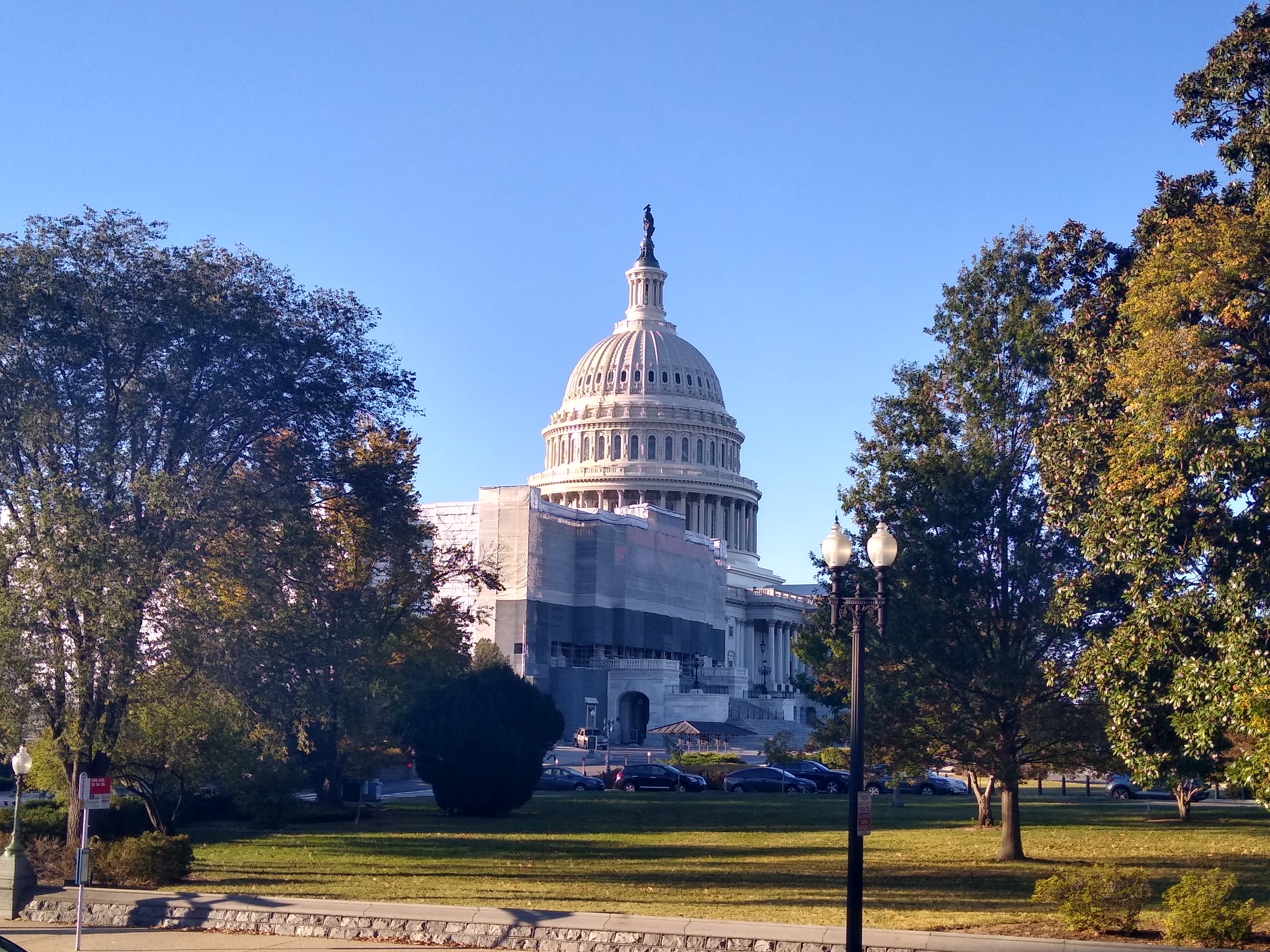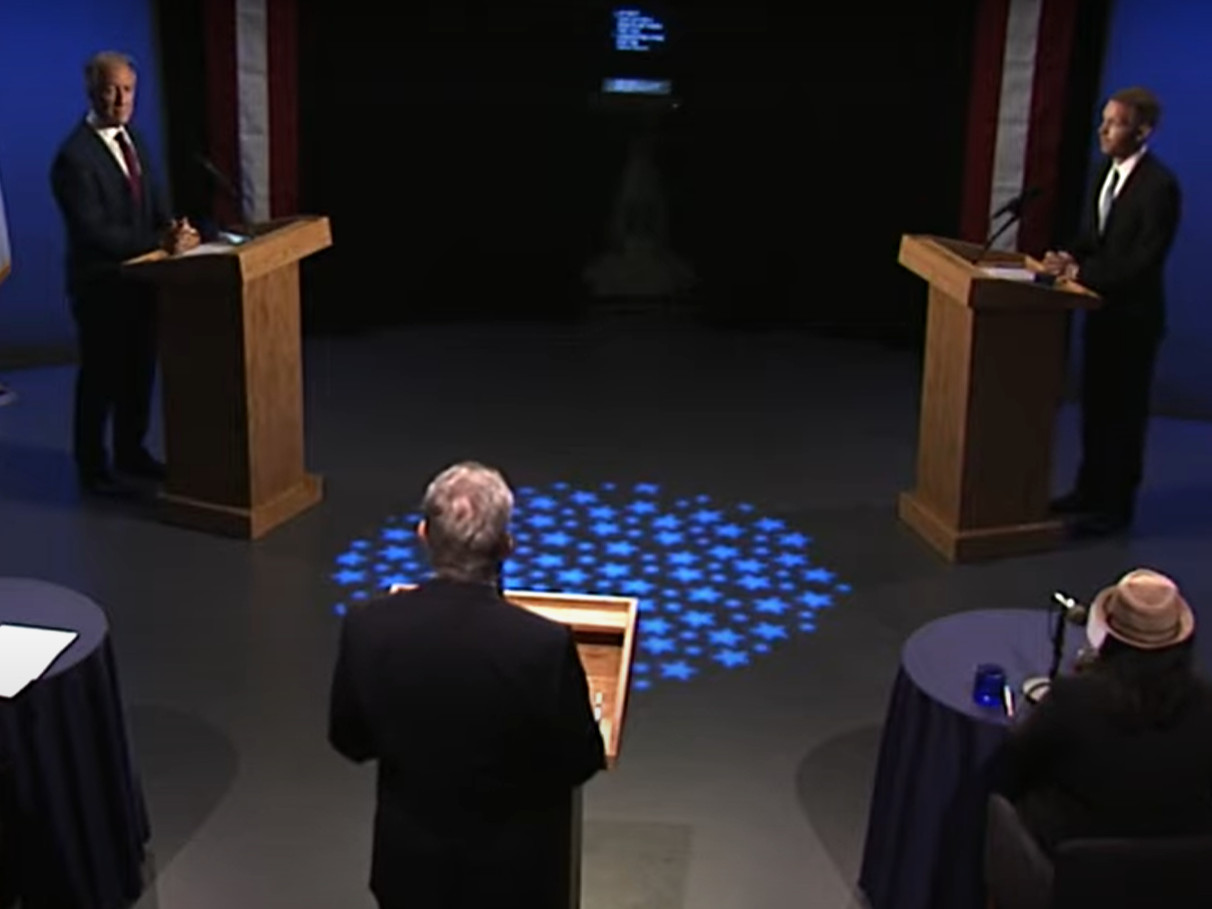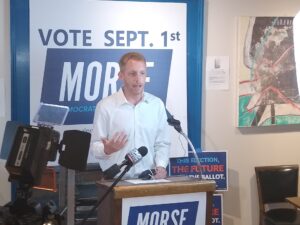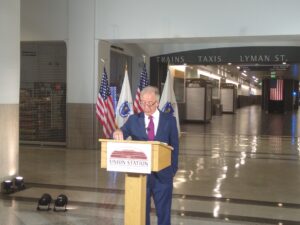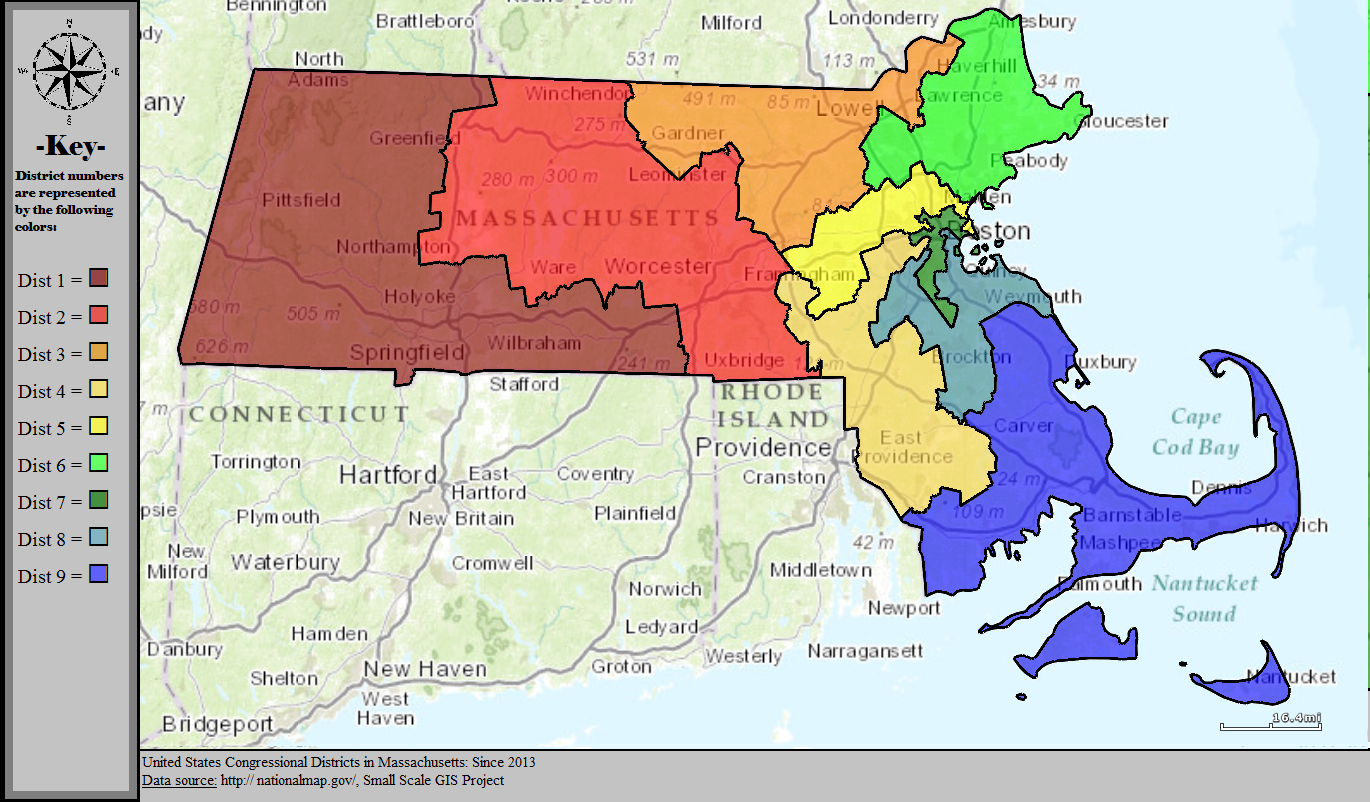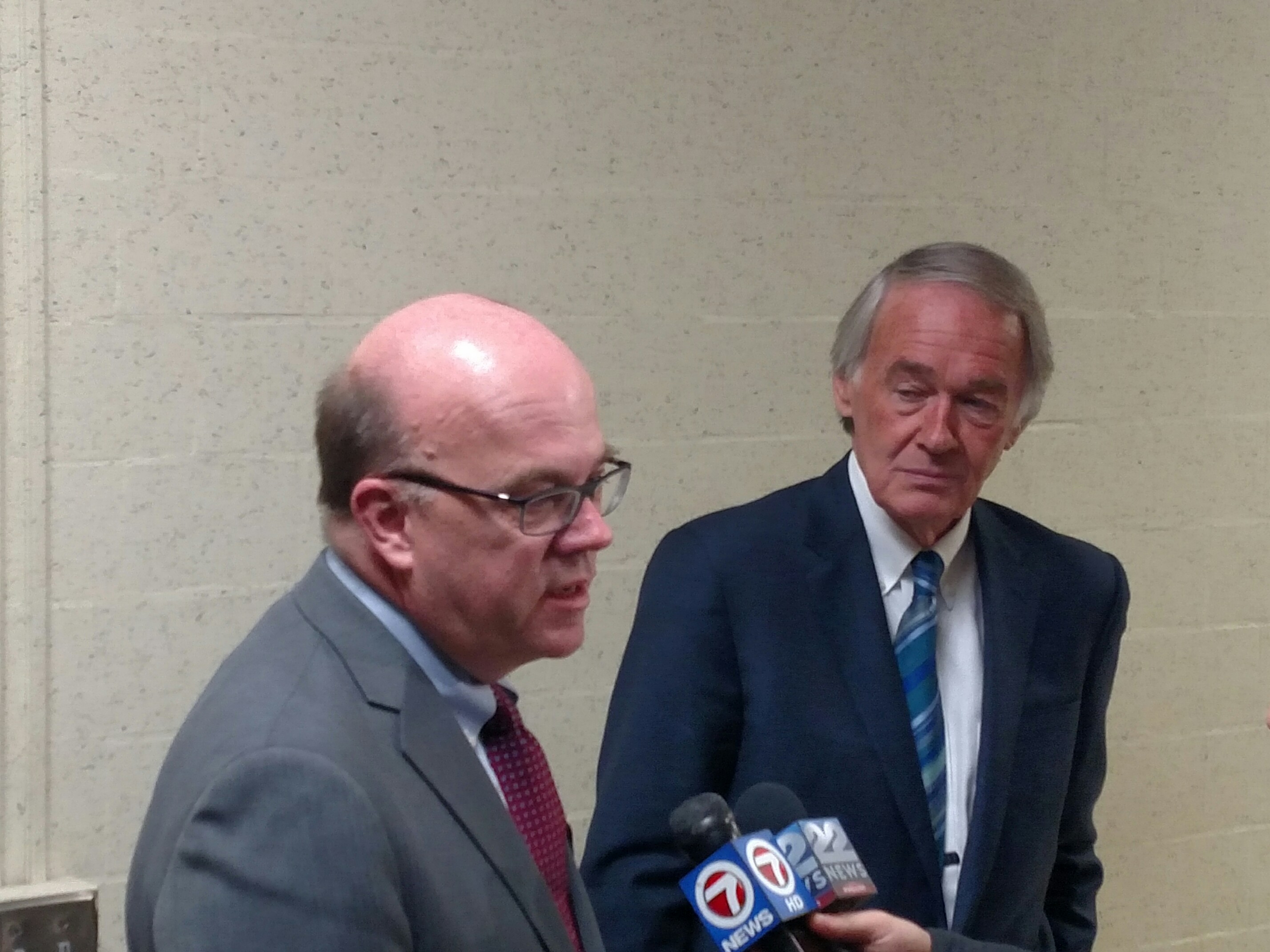A Last Look at 2020’s First Congressional Money Race in …
Two quietly filed reports last week likely became the last word on the 2020 Democratic primary for the First Congressional District in Massachusetts. These campaign finance reports, which candidates submit to the Federal Election Commission, show the spending and fundraising activity for the final 20 days of what became perhaps the most heated race the 413 had seen in years.
Springfield Congressman Richard Neal, 71, prevailed over Holyoke Mayor Alex Morse in a primary that a rollicking final weeks. The reports cover from after the close of the pre-primary period on August 12 through to the end of September, the normal end of FEC filing periods. In this period, Neal raised $875,730. Close behind was Morse with $869,346. Being the last reports to cover the primary, the aggregate toplines summarize the money race. Yet, there are nuances in the details.
For example, the money Neal and Morse brought in are gross figures. Throughout the primary, both had to return donations, mostly excess contributions. However, these figures were usually tiny. That changed in this report due to Neal’s victory.
Massachusetts’s 1st Congressional district includes virtually all of Berkshire and Hampden counties, the western fringes of Franklin and Hampshire counties, and southwestern Worcester County.
Federal election law caps contributions at $2800 per election. Because of primaries, that effectively means every candidate can receive $5600 per individual per cycle. However, if a candidate does not advance beyond a primary, any funds raised for the general election cannot be used and usually must be returned. Candidates cannot spend general election funds on their primary contests either.
This ensnared Joseph Kennedy, III, whose campaign spent $1.5 million in general election funds during the primary. After losing the primary to Senator Ed Markey, Kennedy’s campaign discovered and self-reported the error. Kennedy personally reimbursed his campaign so it could return general election donations.
Morse’s campaign, which made no such error, returned nearly $73,000 after the primary, far more than it had in prior reports. Some funds were technically excess primary contributions, but the records indicate many refunds were the return of funds earmarked for the general. The refunds mean that Morse’s net fundraising from mid-August through last month was a little over $796,000.
Neal also had some refunds, but he can keep his general election contributions. The $11,000 he posted in refunds is also high for this cycle. Much of that was $7500 returned to the American Society of Pension Professionals PAC. Neal’s campaign told WMP&I these were refunds to excess contribution to either his campaign directly or via his PAC.
Thus, Neal’s net contributions were just over $852,000. Neal still outraised Morse for this period. However, because Neal’s report includes fundraising in the post-primary period, Morse likely raised more before the primary itself.
For much of the race, Neal’s fundraising had dwarfed Morse’s—and in the final analysis it still did—but the latter had enjoyed bumplets of fundraising. When good news came in for Justice Democrats-endorsed candidates—as Morse was—he often saw jumps in money.
Morse had sworn off corporate PAC money—Neal’s raising of it was a bone of contention in the race—and the mayor was largely cut off from many channels to large donors. That made him reliant on small dollar donations, principally from outside the district. However, his campaign could not summon sufficient sums until the imbroglio with the College Democrats erupted in August.
The reports indicate the surge in fundraising Morse received in the pre-primary period continued into September 1. All but $17,184 of Morse’s fundraising came from individuals. Over $496,000 of Morse’s contributions were not itemized, meaning the donor gave less than $200 over the course of the election.
The rest came from PACs affiliated with the Sunrise Movement, MoveOn.org, LGBTQ Victory Fund, former Democratic Presidential candidate Andrew Yang’s PAC, and New York Congresswoman Alexandria Ocasio-Cortez. Sunrise, a youth-centered climate advocacy group, provided in-kind contributions such as staff and communications.
By comparison just short of $315,000 of Neal’s contributions came from individuals. The rest, nearly $585,000 came from political action committees. While a significant amount came from PACs unions and liberal political groups control, the vast majority came from PACs affiliated with corporations or trade groups.
The entities affiliated with these PACs cannot directly give to candidates and their funds ultimately come from individuals Yet, because of the PACs’ relationship with businesses or other entities, many regard the contributions industry efforts to influence candidates. Neal has rejected the implication that he makes decision based on his donors.
On the spending side, much of the money went into advertising. Neal spent nearly $1.4 million in this reporting period. Morse spent just short of $1.1 million. Both figures include the cost of refunds.
Among television ads, Neal had reserved much of his airtime well before this reporting period began. His campaign spent another $550,000 on new reservations in this period. The report shows another $75,000 or so in other kinds of ads. Another few thousand went into other media expenses.
Neal spent about $245,000 on consultants for fundraising, strategy and communication. This is in addition to the $6000 that went to his spokesperson’s firm. Another $95,000 went to DAPA Research, Inc. which provided media and survey services—likely polling—to his campaign.
The congressman reported $137,714 payroll and roughly $48,000 in payroll taxes. Another $150,000 went to printing and mailing. The rest of Neal’s spending went to a variety of expenses including food, travel, fuel, newspaper subscriptions, legal services, fees, software and other campaign services.
Morse reserved nearly $367,000 in television and radio ads during this reporting period. His campaign spent another $306,000 in digital and print advertising. Over $15,000 went to printing costs. Costs for consultants for a variety of outside services including polling, media, compliance and digital totaled over $91,000.
Morse had a much smaller payroll, totaling $12,232 in this period plus nearly $6500 in payroll taxes. There is another $22,750 for individuals who were paid as contractors but worked on the campaign regularly. More than $20,000 went to individuals in the form of stipends.
The remainder of Morse’s spending went to food, travel, software and fees.
Through September 30, Morse’s total net fundraising—i.e. after the return of excess contributions including general election funds—was $2.1 million. That is roughly two-thirds of the goal he set when he launched his campaign last year. His campaign spent a little over $2 million throughout the campaign, leaving him with $78,814. The campaign reported no debt. Only $27,000 of Morse’s funds came from PACs.
Including funds raised in September after the primary and general election monies he could keep, Neal raised almost $4.7 million. Not quite $2.9 million came from PACs and another $335,000 from his leadership PAC. The rest were direct individual contributions. Neal carried over about $3.3 million from the 2018 election.
Throughout the cycle, the campaign spent nearly $5.4 million. Another line on Neal’s report shows another $495,000 in spending—Morse has a negligible amount in this line—which includes donations to charity, credit card payments and transfers to party committees. Neal closed the third quarter report with more than $2.3 million cash on hand.
While Neal has no general election fight, two other federal campaigns that have an impact on the 413 do. The 2nd Congressional district stretches from Metro Worcester to Upper Pioneer Valley communities including Amherst, Greenfield and Northampton. Democratic incumbent James McGovern faces GOP challenger Tracy Lovvorn.
McGovern, the chair of the Rules Committees, started the period with more than $363,000 on hand. He raised another $175,763 and spent $127,452 leaving him with nearly $412,000 as of September 30.
Lovvorn had less than $6400—yes, four figures. She barely raised another $9800 this period. She spent $6359 and had $9829 on hand.
In the Senate race, Markey’s opponent is not quite as cash-strapped, though the incumbent has way more money.
Like Markey, Republican Kevin O’Connor had a primary. His spending and fundraising reflects both the 20 days before the September 1 primary and the rest of the month after.
O’Connor began the period with more than $125,000 and raised nearly $314,669. After expenses of $288,718, he had under $152,000.
Markey’s report, which includes his titanic battle with Kennedy, started the period with more than $3.5 million and raised well more than $2 million dollars. After $3.6 million in expenses, he had more than $1.9 million cash on hand on September 30. That is 12 times the amount O’Connor had in the bank.
